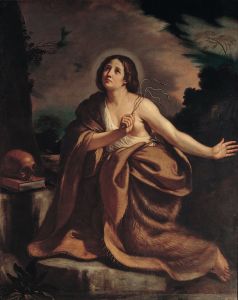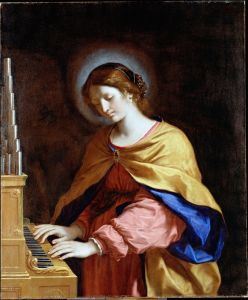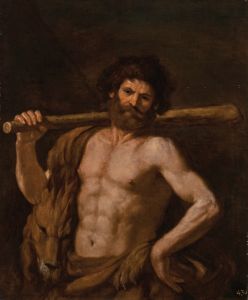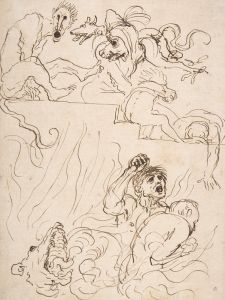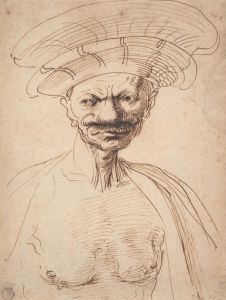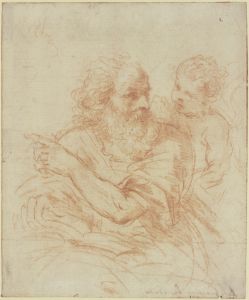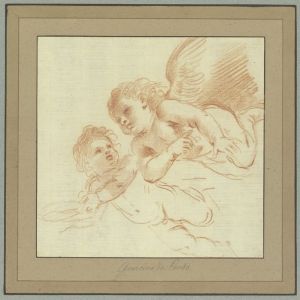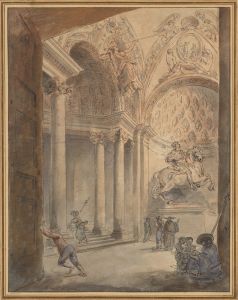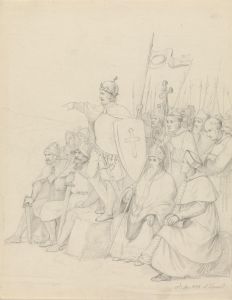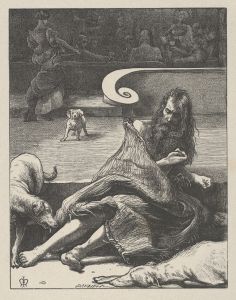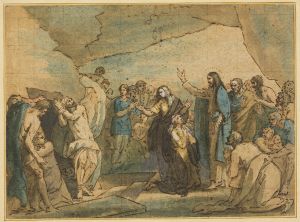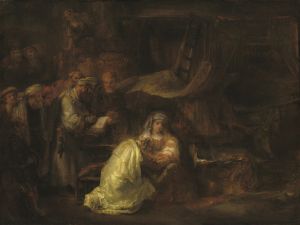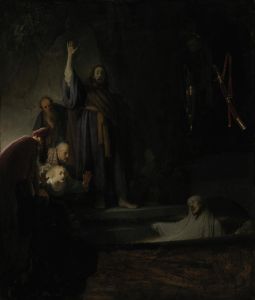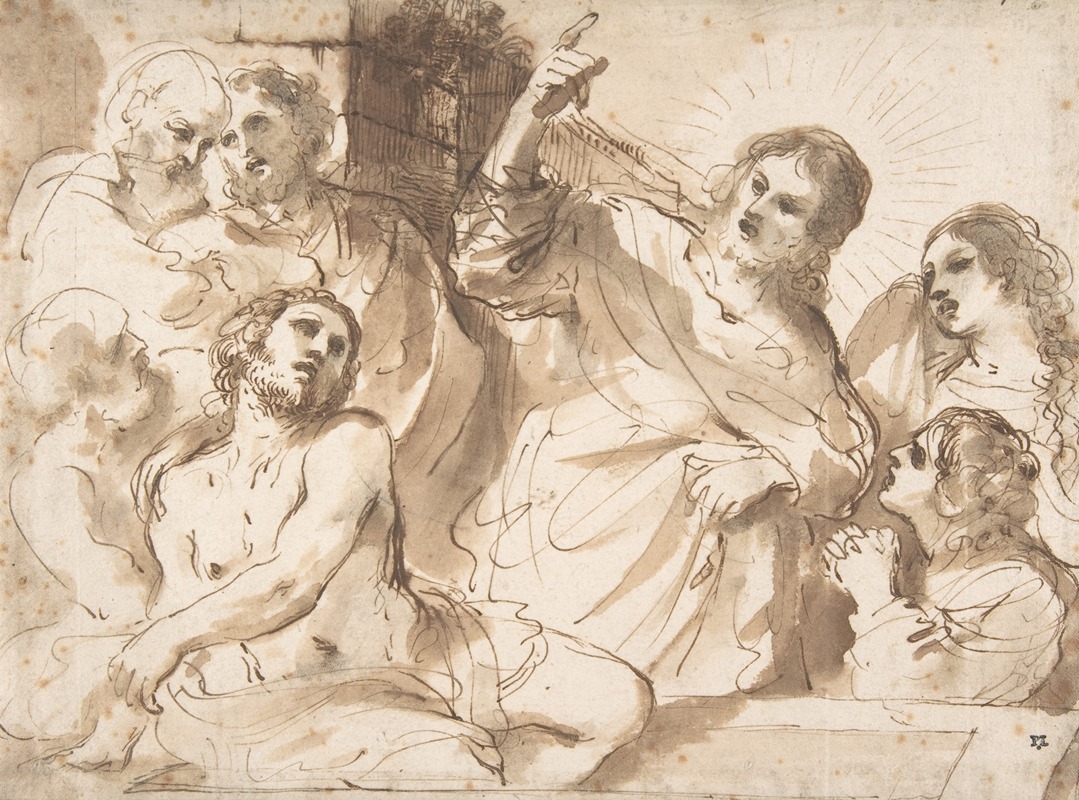
The Raising of Lazarus
A hand-painted replica of Guercino’s masterpiece The Raising of Lazarus, meticulously crafted by professional artists to capture the true essence of the original. Each piece is created with museum-quality canvas and rare mineral pigments, carefully painted by experienced artists with delicate brushstrokes and rich, layered colors to perfectly recreate the texture of the original artwork. Unlike machine-printed reproductions, this hand-painted version brings the painting to life, infused with the artist’s emotions and skill in every stroke. Whether for personal collection or home decoration, it instantly elevates the artistic atmosphere of any space.
Giovanni Francesco Barbieri, known as Guercino, was an Italian Baroque painter renowned for his dynamic compositions and expressive use of light and shadow. One of his notable works is "The Raising of Lazarus," a painting that captures the biblical story of Jesus resurrecting Lazarus from the dead. This artwork is a testament to Guercino's mastery in conveying emotion and drama through his art.
"The Raising of Lazarus" was completed in 1619, during a period when Guercino was gaining recognition for his innovative approach to painting. The work was commissioned by Cardinal Alessandro Ludovisi, who later became Pope Gregory XV. This commission was part of a larger project for the Church of San Pietro in Cento, Guercino's hometown. The painting reflects the Baroque era's emphasis on movement, emotion, and the dramatic interplay of light and shadow.
In the painting, Guercino depicts the moment when Jesus calls Lazarus forth from the tomb. The composition is dynamic, with figures arranged in a way that guides the viewer's eye across the scene. Jesus stands to the left, his hand raised in a gesture of command, while Lazarus emerges from the tomb, still wrapped in burial cloths. The expressions of the surrounding figures convey a range of emotions, from awe and disbelief to joy and reverence.
Guercino's use of chiaroscuro, the contrast between light and dark, enhances the drama of the scene. The light source appears to emanate from Jesus, illuminating Lazarus and casting shadows that add depth and intensity to the composition. This technique not only highlights the central figures but also creates a sense of movement and energy, drawing the viewer into the miraculous event.
The painting is also notable for its attention to detail and the naturalism of the figures. Guercino was known for his ability to capture the human form with accuracy and sensitivity, and this is evident in the realistic portrayal of the figures' expressions and gestures. The drapery of the clothing and the textures of the skin are rendered with meticulous care, adding to the lifelike quality of the scene.
"The Raising of Lazarus" exemplifies Guercino's skill in combining narrative clarity with emotional depth. The painting not only tells a biblical story but also invites viewers to reflect on themes of faith, resurrection, and the power of divine intervention. It stands as a significant work within Guercino's oeuvre and the broader context of Baroque art.
Today, "The Raising of Lazarus" is housed in the Louvre Museum in Paris, where it continues to be admired by art enthusiasts and scholars alike. Its enduring appeal lies in its masterful composition, the emotional resonance of its figures, and the technical prowess of its creator. Guercino's ability to convey complex narratives through his art has secured his place as one of the leading figures of the Baroque period.





